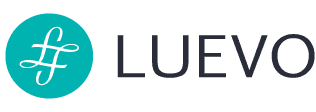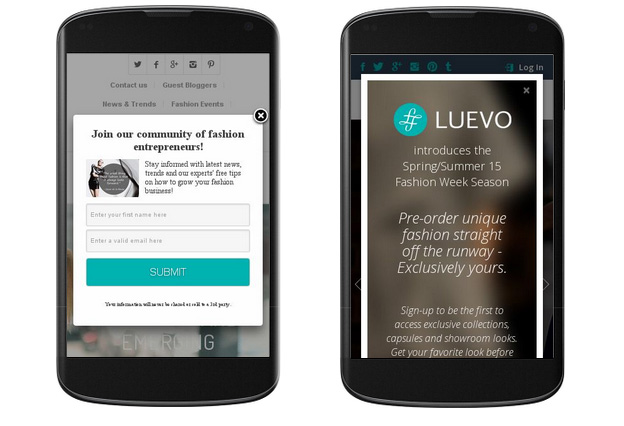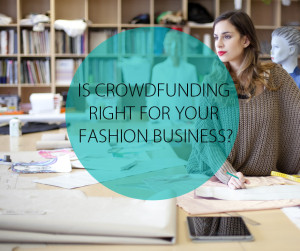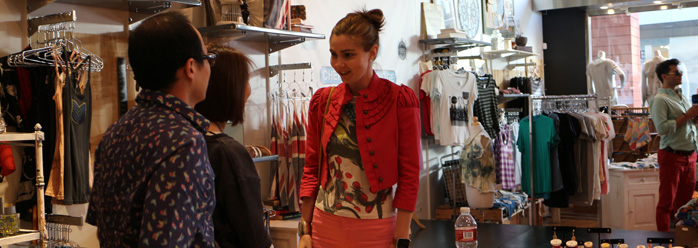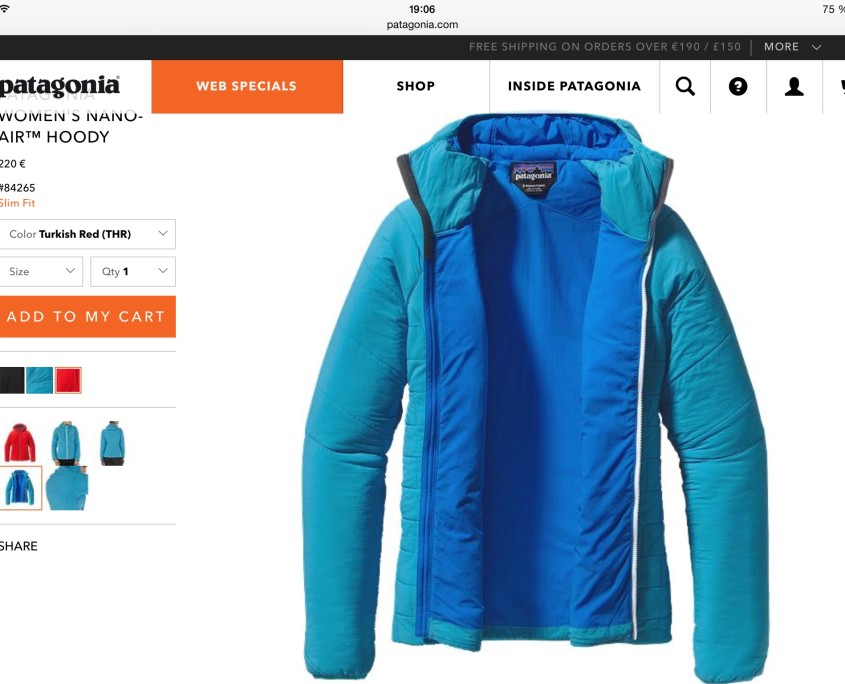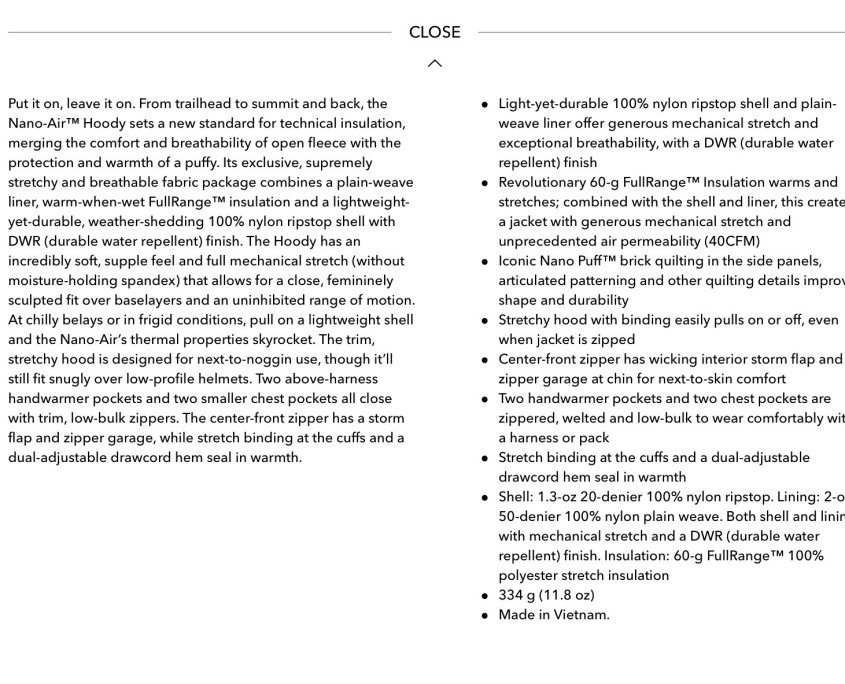Amevie – trendy sun care company
Amevie sure sounds like a pretty name, but it packs a lot more meaning than just sounding nice! Amevie comes about from the latin word “amehvi”, meaning “Love Life”. Simply loving life? Sign us up! Amevie serves as a triple whammy in internet resources, as a super fun informative blog offering health tips regarding the sun and UV rays, without getting too medical on us, offering lots of fun inspiration and juicy tips about fashion, and safe fun in the sun. Not only is Amevie a pretty rich source of helpful info, but will very soon also serve as a platform for the company’s own brand of health-conscious sunglasses and sunscreens, which successfully balance health, beauty, and fashion, without sacrificing any of those three essentials.
Amevie is a super handy site to keep saved in your browser bookmarks; their articles are jam-packed with answers to those head-scratching questions about our health and how the sun’s rays work, while being extra accessible, intuitive and comprehensive. Reading the full details about these subjects from the more biology-heavy medical sources is a total bore, feels like school, and sometimes leaves us more confused than before. Browsing through some of their article titles, I noticed the added bonus of tips for travel too. These posts are full of little tricks and hacks to make traveling and keeping your skin, eyes etc. safe during your time abroad. So useful, right?!
Amevie doesn’t pull punches when it comes to busting industry myths about sunscreens and sunglasses, products that are supposed to protect us, but often don’t, despite having pretty demanding price tags. After all, who doesn’t want the knowledge toolkit to know which sunscreen, on a shelf stocked with tons of different brands that are all trying hard to sell, works best and isn’t feeding our skin cells unfriendly chemicals. If you don’t believe us, or are just feeling curious, see for yourself, and if you like what you see, share with your friends and family!
This article was written by Maurice Hriech, a Creative Industries graduate (almost) at Ryerson University with a love for city-living, summer, and organic skin care that keeps his health at the forefront. Hobbies include indoor gardening, film photography, and of course, shopping.
